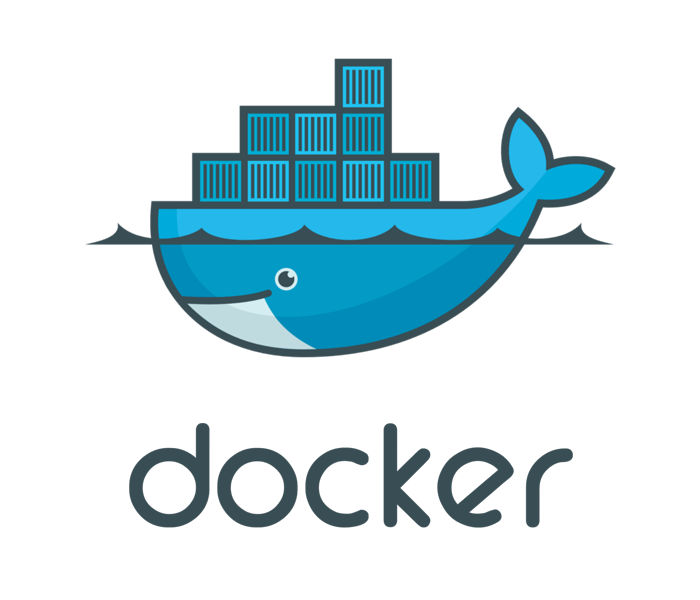Table of contents
Docker is a popular tool that allows developers to package and run their applications in isolated environments, known as containers. Containers provide a lightweight and consistent runtime environment that can be easily deployed across different platforms, making it an essential tool for modern software development.
In this article, we will explore what Docker is, how it works, and how it can benefit developers. We will also cover some basic Docker commands that can help you get started with containerization.
What is Docker?
Docker is an open-source platform that allows developers to build, ship, and run applications in containers. Containers are isolated environments that encapsulate an application and its dependencies, allowing it to run consistently across different environments, such as development, staging, and production.
Docker containers are lightweight, fast, and efficient, as they share the underlying kernel of the host operating system, instead of running their own virtual machine. This means that Docker containers can be launched and stopped quickly, without the overhead of starting a new virtual machine.

How does Docker work?
Docker uses a client-server architecture, where the Docker client communicates with the Docker daemon, which runs on the host operating system. The Docker daemon is responsible for building, managing, and running Docker containers.
Docker containers are built from Docker images, which are read-only templates that contain an application and its dependencies. Docker images can be created manually or automatically using Dockerfiles, which are configuration files that specify the application and its dependencies.

Docker images can be stored in a central repository, such as Docker Hub, which allows developers to share and distribute their images with others. Docker Hub also provides a public registry of pre-built images, which can be used as a base image for building custom images.
To run a Docker container, you need to specify the Docker image and any additional configuration, such as environment variables or network settings. Docker containers can also be linked to other containers to create a network of interconnected services.
Basic Docker commands
Here are some basic Docker commands that can help you get started with containerization:
- docker run - This command is used to run a Docker container from a Docker image. For example, to run a container from the official nginx image, you can use the following command:
docker run nginx
This will download the nginx image from Docker Hub and start a new container running the nginx web server.
- docker ps - This command is used to list all running Docker containers. For example, to list all running containers, you can use the following command:
docker ps
This will list all running containers, along with their container ID, image name, and status.
- docker stop - This command is used to stop a running Docker container. For example, to stop a container with a container ID of 123456789, you can use the following command:
docker stop 123456789
This will stop the container with the specified container ID.
- docker rm - This command is used to remove a Docker container. For example, to remove a container with a container ID of 123456789, you can use the following command:
docker rm 123456789
This will remove the container with the specified container ID.
Conclusion
Docker is a powerful tool for containerizing applications, making it easy to package and run them across different environments. By using Docker, developers can achieve consistent and reliable application deployments, without the need for complex virtual machine setups.
In this article, we have explored what Docker is, how it works, and some basic Docker commands that can help you get started with containerization. We hope that this article has provided a useful introduction to Docker and its benefits for modern software development.
